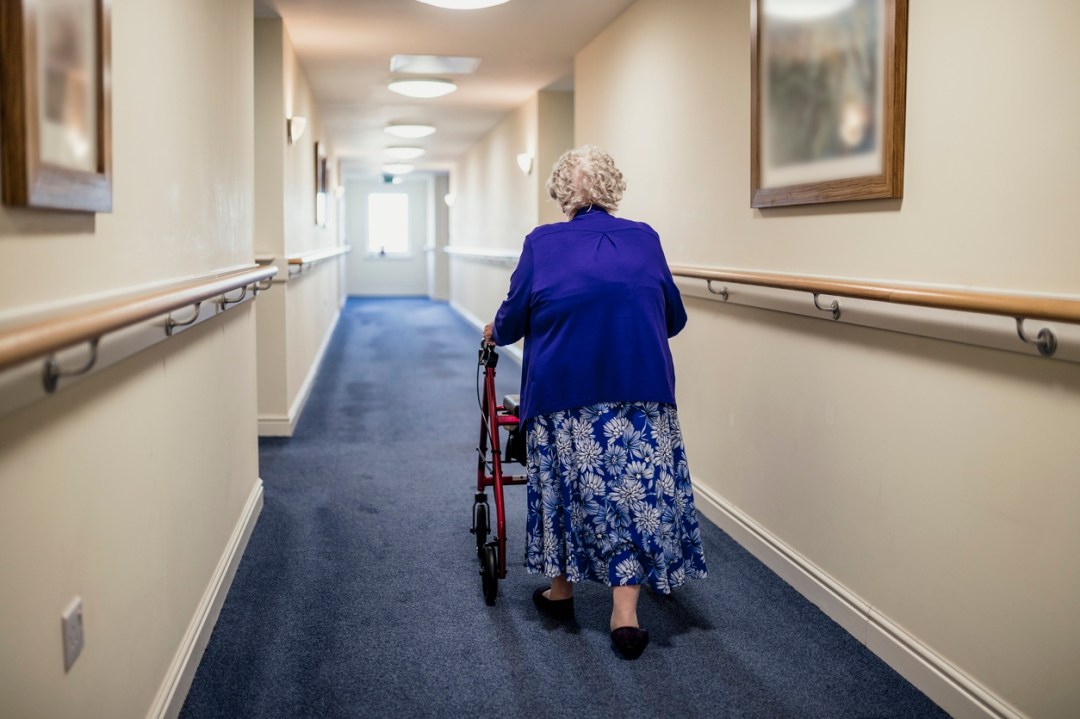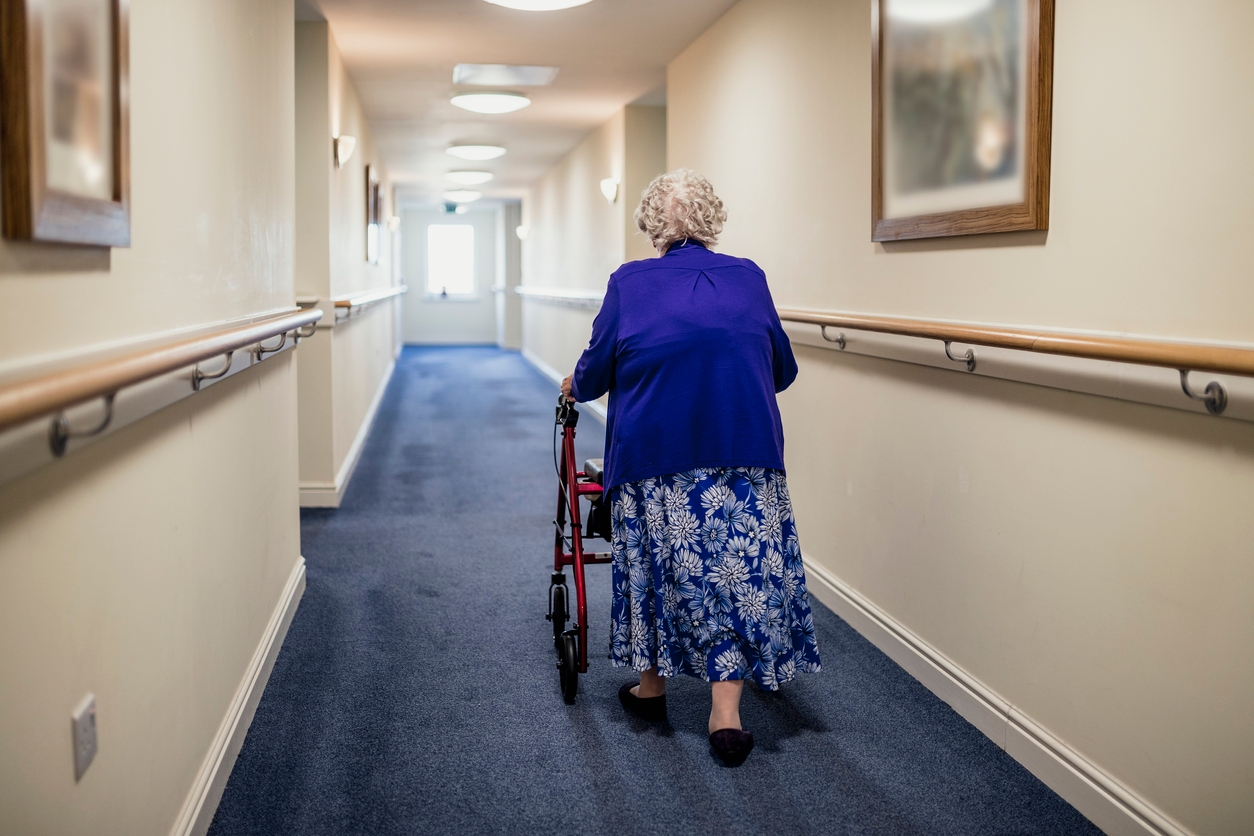My grandmother, who has suffered from a major stroke, is bed ridden and barely compos mentis. She no longer has the cognitive ability to enjoy the relative intimacy of video calls on WhatsApp from well-wishers, or the simple pleasure of a Skype call with close family and friends. During this period of social distancing, her loneliness – now that visitors are not permitted in the home to prevent infection – is heart-breaking. A comforting hug or kiss on the cheek, in the brief windows when she is awake, is out of the question. Even a carer tucking her in at night could be fatal.
Naturally, those with vulnerable relatives like mine – especially over the age of seventy and looked after by the social care system – are more worried than ever. Family members with loved ones in a home not only fear them catching the disease, but also the risks posed to the carers looking after them.
Given that some of these care workers will be from privatised care companies and not the NHS, they will not be thoroughly tested for coronavirus. Currently care workers are using a basic thermometer on themselves to see if they have a fever from the disease. This lack of proper testing – combined with the fact that many carers visit numerous homes every day – is frightening food for thought.
According to a report by the Guardian last Monday, ‘care home industry leaders alleged that orders of personal protection equipment (PPE) intended to protect staff and residents in social care settings are being requisitioned by the NHS for use in hospitals’. It is undeniable that the government sees hospitals as a much higher priority in terms of providing protective equipment. But it means that workers in care homes will be wearing less protective equipment, and will now be much more likely to infect residents.
Speaking on BBC news last Wednesday, a care home manager who runs four homes in the North West, said that desperate times have called for desperate measures. Her staff have had to make masks from knicker elastic and laminated plastic, with the aid of a 3D printer. She warned that residential care homes could run out of food, as she wasn’t able to order supplies online and couldn’t get a delivery slot. Carers have had to make trips to the supermarket instead, meaning they could bring the infection back in to care homes.
The conflict between hospitals and care homes for the supply of protective equipment is not easy to solve. James Murray, the Labour MP for Ealing North, said last week that the ‘PPE requirements for the 50 care homes in [his] borough amounted to 20,000 masks a week – 5,000 more than ministers had guaranteed’. Murray stressed that ‘without the government coordinating a plan for care homes’ supply of PPE, the situation will not improve’.
Carers nationwide tend to suffer in silence. Their spirit is truly admirable, when our beleaguered Britain offers them little reward. As Ian Birrell wrote in the Times last week: ‘It is estimated that 1.2 million carers are in poverty and four in ten struggle to makes ends meet. Many of them, trapped by their circumstances, and unstinting devotion are familiar with social exclusion, having stopped working, cut back on seeing friends and curtailed hobbies. Now they must retreat further to protect people with dementia or complex conditions’. His sentiment is spot on – there is little care at the moment for the carers who are simply doing their job.
In mid-March, Andrew Knight, the CEO of Care UK, released a statement in which he explained that ‘While our home managers are already well versed in infection control and have clear processes in place to both prevent and contain infections, we have taken the decision that the current Coronavirus outbreak requires some additional measures.’
But just how stringent will these ‘additional measures’ be? My grandmother, residing in a Care UK care home in Essex, is particularly vulnerable as her immune system is at increased risk of infection. Some of her daily visits from carers are routine welfare and medication checks that may not detect the disease. A carer may themselves have similar symptoms.
Many carers work on exploitative zero-hour contracts, and have bills to pay. They may be under the weather, but they will graft on regardless. Carers with a cough and a temperature akin to a ‘seasonal flu’ could in fact have the early onset of coronavirus. Some will not be fazed, and will continue to work anyway. This lethal cocktail of ignorance mixed with infection could easily lead to widespread tragedy in our care homes.






Comments